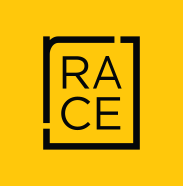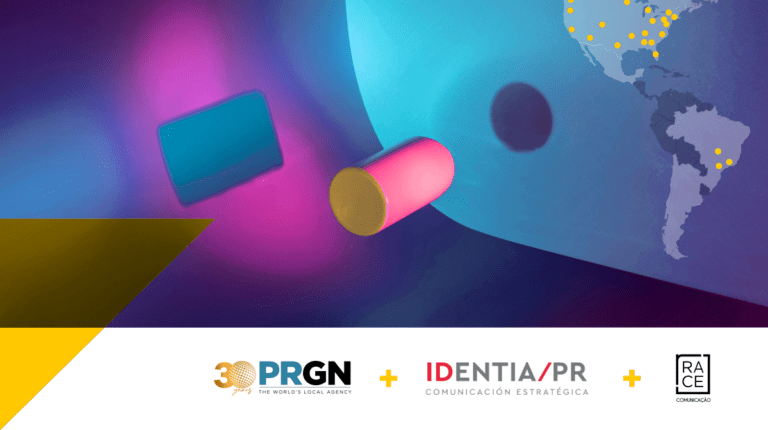By Rogério Artoni
We are constantly being struck by information. Even our leisure ends up in a quest for producing, rolling up our feed on social media or distracting us with anything. Once my free time was interrupted by a conversation on the plane, where a kid, dealing with their own inactivity, asked his mum to draw on a magazine. The answer was positive, under the circumstance that the kid would only draw over the ads, leaving the editorial pages unscathed. And from this observation, came a reflection: how does the receiver of the messages choose what type of content, media and format to consume and, therefore, in which format should we invest our efforts and budget on as business communicators?
Publicists, in the 70s, worked with a more massive content, a not-so-directed audience. From the 80s on, the idea of a persona was introduced, defining a consumer personality for a brand, channeling the ad more precisely. Nowadays the ads we receive are extremely personalized according to the data generated by the consumption itself. Ergo, the format is beneficial for it goes directly to the final consumer, acting over their beliefs, desires and habits and insuring a more effective purchase conversion.
However, despite the market dynamics, the creation of more interactive ads, and the tendency of products being sold through brand experience, the receiver of this advertising announcement is still faced passively, as the customer. A few platforms, such as YouTube, still allow some active communication when they permit the user to choose whether they are to skip the announcement before watching it fully, in order to have free access. But the message has a starting point and a finish line, with the clear goal of a purchase.
Nowadays, we give first steps, although uncertain, into the future of paid communication. On science fiction, the Netflix show Maniac, for example, suggests a universe where there are no ads available in the format we see today, but they would be used as credit. That is: if you are running out of cash, you could listen to a couple of ads and generate a voucher for the product you wish to buy. A parallel with reality would be the free format of the streaming platform Spotify, that allows full access as long as the user also listen to ads. Moreover, in this format, the Spotify-related ads bring a text along about how the ads they show are boring and ruin the full experience of the platform. But the solution is quite simple: get the premium version. The idea of the fictional series dialogues with a real circumstance where the format of paid content – despite the benefits of exposed content control and its aimed target – has a worn affair with the consumer, that, bringing back to our plane character, chooses to scribble the ads.
The other side, the organic content – news editorials – also has its pros and cons, obviously. The language is more solid and allows few changes, but the dynamic between the message issuer and receiver is more direct and, somehow, more real. According to the credibility of the publication where the message is read, the consumer comprehends within their subconscious the whole set of verification and debate behind the construction of the exposed content, and, therefore, trusts the information they receive. They believe the collective interest in the topic and, many times, not only consume but also returns the debate to the producer as well as to the reader. Thus, the investment in this format of spontaneous media generates less content control, but more debate and credibility.
In order to define the format and focus on brand investment, it is, first of all, crucial to define the essence of your content. How and what message do you want to send about the company in terms of idea, vision, creation, production, target audience? The defined briefing already brings you a lot closer to whom you wish to strike. Therefore, the ideal is investing in a communication intelligence that strategically positions your brand as much in paid content as in organic, dialoguing with the consumer by many fronts, so that they choose where are they going to absorb the message by. And one must never forget about mixed formats of advertising such as branded content and advertorials. Thereby, that mother in the airplane chose to consume the editorial only. The next one, who knows, might choose the other way around. The important thing is knowing where to place your brand, with close attention to all the possible communication options to achieve your audience.
If you are looking for a Public Relations Agency in Brazil, please contact us here.




